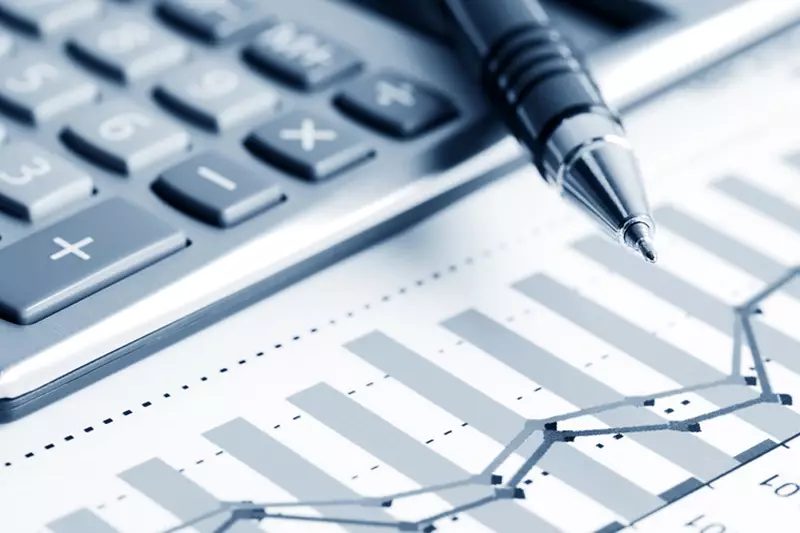As the U.S. presidential election approaches, investors are witnessing a notable escalation in expected volatility across currency markets. Recent data shows a significant uptick in implied volatility for major currency pairs, particularly the euro-dollar. This increase reflects growing concerns and heightened anticipation of drastic shifts in economic policy stemming from the election results. With the impending election on November 5, and candidates Donald Trump and Kamala Harris in a tight race, traders and analysts alike are bracing for potential market disruptions.
Implied volatility measures are derived from options pricing, highlighting how traders are positioning themselves against potential fluctuations in currency values. Notably, the euro-dollar pair’s volatility surged to levels not observed since March 2023, a period marked by significant turbulence in the U.S. banking sector. Similarly, the sterling-dollar pair followed suit, reaching its highest implied volatility since the same month. These metrics serve as critical indicators of market sentiment, and their current heights illustrate a clear expectation of uncertainty leading up to the election.
The recent volatility is unprecedented in its steepness—a one-day rise akin to those recorded during the tumultuous atmosphere surrounding major political events in the past, such as the 2016 election. In that year, traders experienced similar spikes in volatility just before the election, showcasing a behavioral pattern among investors. The current environment replicates this anxiety as market participants navigate through fluctuating polls and conjectures surrounding candidate policies.
Investors are increasingly looking at betting markets for cues on likely outcomes, where Trump’s potential return to the presidency could pose significant implications for U.S. monetary policy. If he were to secure a victory, projections suggest possible increases in tariffs and fiscal deficits, which would likely lead to higher interest rates and positively impact the strength of the U.S. dollar. Consequently, the dollar index reached a three-month high at 104.63, buoyed by positive economic indicators and ominous forecasts surrounding Trump’s campaign.
Analysts from Barclays have noted the binary nature of this election, suggesting it will create substantial movements in Foreign Exchange (FX) markets. Their commentary emphasizes that the expected FX reactions will primarily materialize during the election week, fueled by the uncertainty of the outcome. This environment of unpredictability prompts traders to hedge their positions actively, resulting in increased trading volumes and price fluctuations.
As the election date draws closer, the dynamics within currency markets will likely intensify, presenting both challenges and opportunities for investors. The strategic response to this volatility will be critical. Engaging in scenarios that account for potential fluctuations will be essential for risk management, as the market prepares to react to the unfolding political landscape.
With the Federal Reserve’s scheduled meeting coinciding with the election week, additional complexities will arise as policymakers respond to external economic pressures. Investors must remain vigilant, adapting their strategies to the latest data and signals that emerge from both the election and economic reports. The unfolding narrative surrounding the U.S. presidential election will undoubtedly keep the currency markets on edge, necessitating a careful balance between risk and opportunity as the exciting event approaches.

